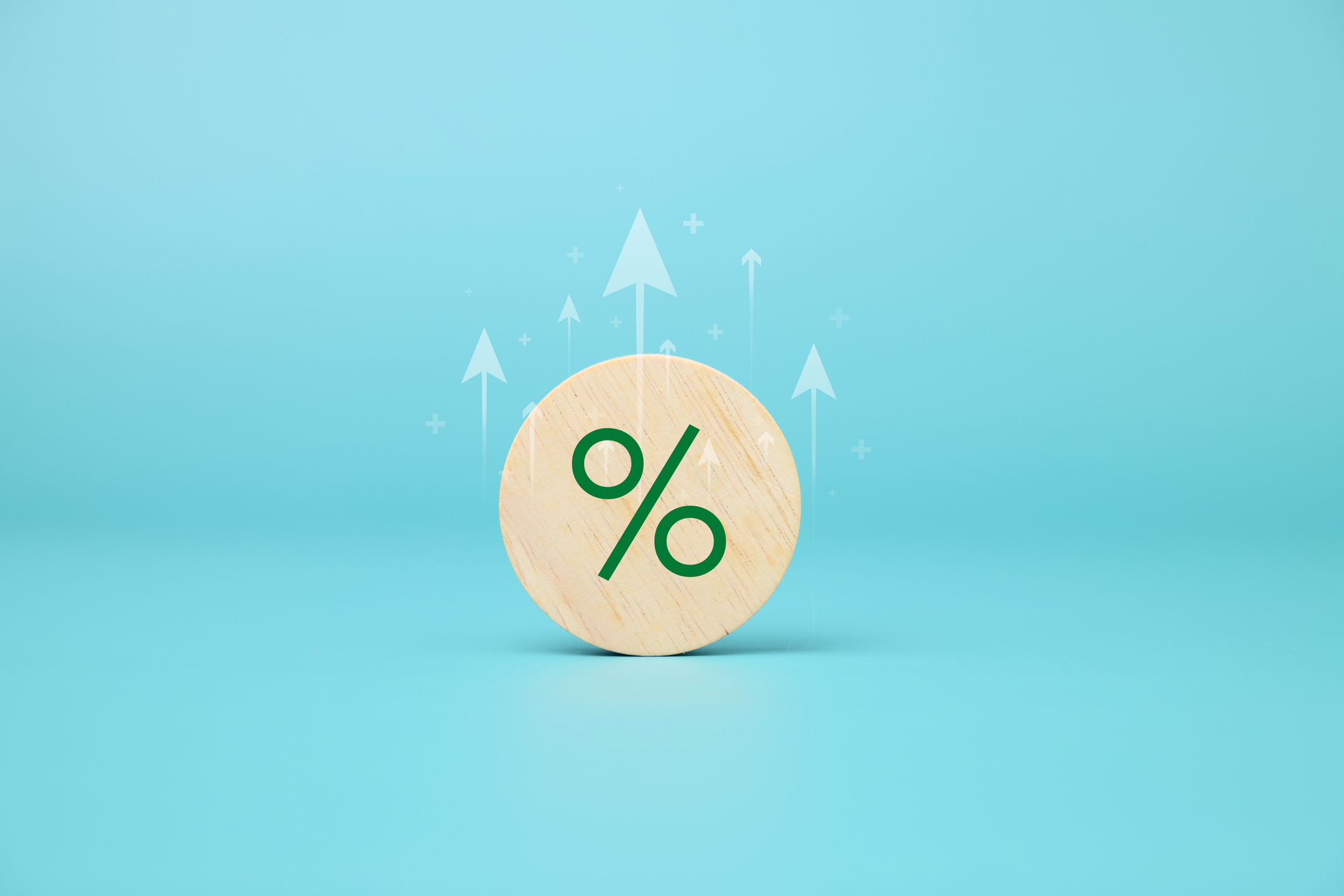2011 Midyear Investing Outlook: What Now for Bonds?
Consider bond funds run by seasoned pros to navigate this tricky fixed-income environment.
This is a tricky time for fixed-income investors. Consider the ten-year Treasury bond, which currently yields 3.2%. If you own a ten-year Treasury and yields increase to 4% by year-end (far from a heroic assumption), your bond will lose about 7% of its value.
Because of the Fed's extraordinary efforts to keep interest rates low, high-quality bonds are not adequately compensating investors for heightened inflation risk and the chance that these IOUs may lose a significant amount of value if rates rise. If you do buy Treasuries, government-agency bonds and high-grade corporate debt, keep maturities short and plan to plow interest and maturing principal back into bonds with higher yields as rates rise.
See the rest of our 2011 midyear investing outlook: Stocks and the Economy Face Off.
In theory, you could benefit by substituting credit risk for interest-rate risk at this stage of the economic cycle. After all, defaults on high-yield, or junk, bonds are running at a remarkably low annual rate of 1% as the economy strengthens. But junk bonds have had an enormous run since March 2009 and appear to be fully valued.

Sign up for Kiplinger’s Free E-Newsletters
Profit and prosper with the best of expert advice on investing, taxes, retirement, personal finance and more - straight to your e-mail.
Profit and prosper with the best of expert advice - straight to your e-mail.
Still, in this environment, you may want to be a bit more adventurous and consider bond funds run by seasoned pros who have the flexibility to roam far and wide, and certainly outside the confines of the investment-grade space. For instance, Dan Fuss and Kathleen Gaffney, of Loomis Sayles Bond (LSBRX) -- a member of the Kiplinger 25, a list of our favorite funds -- are finding value in higher-grade junk and bonds of commodity-exporting nations such as Norway and Australia. This volatile fund yields 4.2%.
For something with a similar yield but 60% less volatility, consider Osterweis Strategic Income (OSTIX). Managers Carl Kaufman and Simon Lee invest mainly in convertible and short-maturity, high-yield bonds. Jeffrey Gundlach's DoubleLine Total Return Fund (DLTNX) offers an 8% yield and low volatility. DoubleLine, also a member of the Kiplinger 25, holds both high-quality and low-grade mortgage securities.
A different strategy is to invest in foreign bonds, particularly those from emerging markets whose financial health is improving and whose currencies are rising against the dollar. A worthy choice with a solid record is Pimco Emerging Local Bond Fund D (PLBDX), managed by Mike Gomez.
See the rest of our 2011 midyear investing outlook: Stocks and the Economy Face Off.
Get Kiplinger Today newsletter — free
Profit and prosper with the best of Kiplinger's advice on investing, taxes, retirement, personal finance and much more. Delivered daily. Enter your email in the box and click Sign Me Up.
Andrew Tanzer is an editorial consultant and investment writer. After working as a journalist for 25 years at magazines that included Forbes and Kiplinger’s Personal Finance, he served as a senior research analyst and investment writer at a leading New York-based financial advisor. Andrew currently writes for several large hedge and mutual funds, private wealth advisors, and a major bank. He earned a BA in East Asian Studies from Wesleyan University, an MS in Journalism from the Columbia Graduate School of Journalism, and holds both CFA and CFP® designations.
-
 Stock Market Today: Have We Seen the Bottom for Stocks?
Stock Market Today: Have We Seen the Bottom for Stocks?Solid first-quarter earnings suggest fundamentals remain solid, and recent price action is encouraging too.
By David Dittman
-
 Is the GOP Secretly Planning to Raise Taxes on the Rich?
Is the GOP Secretly Planning to Raise Taxes on the Rich?Tax Reform As high-stakes tax reform talks resume on Capitol Hill, questions are swirling about what Republicans and President Trump will do.
By Kelley R. Taylor
-
 The 5 Best Actively Managed Fidelity Funds to Buy Now
The 5 Best Actively Managed Fidelity Funds to Buy Nowmutual funds In a stock picker's market, it's sometimes best to leave the driving to the pros. These Fidelity funds provide investors solid active management at low costs.
By Kent Thune
-
 The 12 Best Bear Market ETFs to Buy Now
The 12 Best Bear Market ETFs to Buy NowETFs Investors who are fearful about the more uncertainty in the new year can find plenty of protection among these bear market ETFs.
By Kyle Woodley
-
 Don't Give Up on the Eurozone
Don't Give Up on the Eurozonemutual funds As Europe’s economy (and stock markets) wobble, Janus Henderson European Focus Fund (HFETX) keeps its footing with a focus on large Europe-based multinationals.
By Rivan V. Stinson
-
 Vanguard Global ESG Select Stock Profits from ESG Leaders
Vanguard Global ESG Select Stock Profits from ESG Leadersmutual funds Vanguard Global ESG Select Stock (VEIGX) favors firms with high standards for their businesses.
By Rivan V. Stinson
-
 Kip ETF 20: What's In, What's Out and Why
Kip ETF 20: What's In, What's Out and WhyKip ETF 20 The broad market has taken a major hit so far in 2022, sparking some tactical changes to Kiplinger's lineup of the best low-cost ETFs.
By Nellie S. Huang
-
 ETFs Are Now Mainstream. Here's Why They're So Appealing.
ETFs Are Now Mainstream. Here's Why They're So Appealing.Investing for Income ETFs offer investors broad diversification to their portfolios and at low costs to boot.
By Nellie S. Huang
-
 Do You Have Gun Stocks in Your Funds?
Do You Have Gun Stocks in Your Funds?ESG Investors looking to make changes amid gun violence can easily divest from gun stocks ... though it's trickier if they own them through funds.
By Ellen Kennedy
-
 How to Choose a Mutual Fund
How to Choose a Mutual Fundmutual funds Investors wanting to build a portfolio will have no shortage of mutual funds at their disposal. And that's one of the biggest problems in choosing just one or two.
By Coryanne Hicks